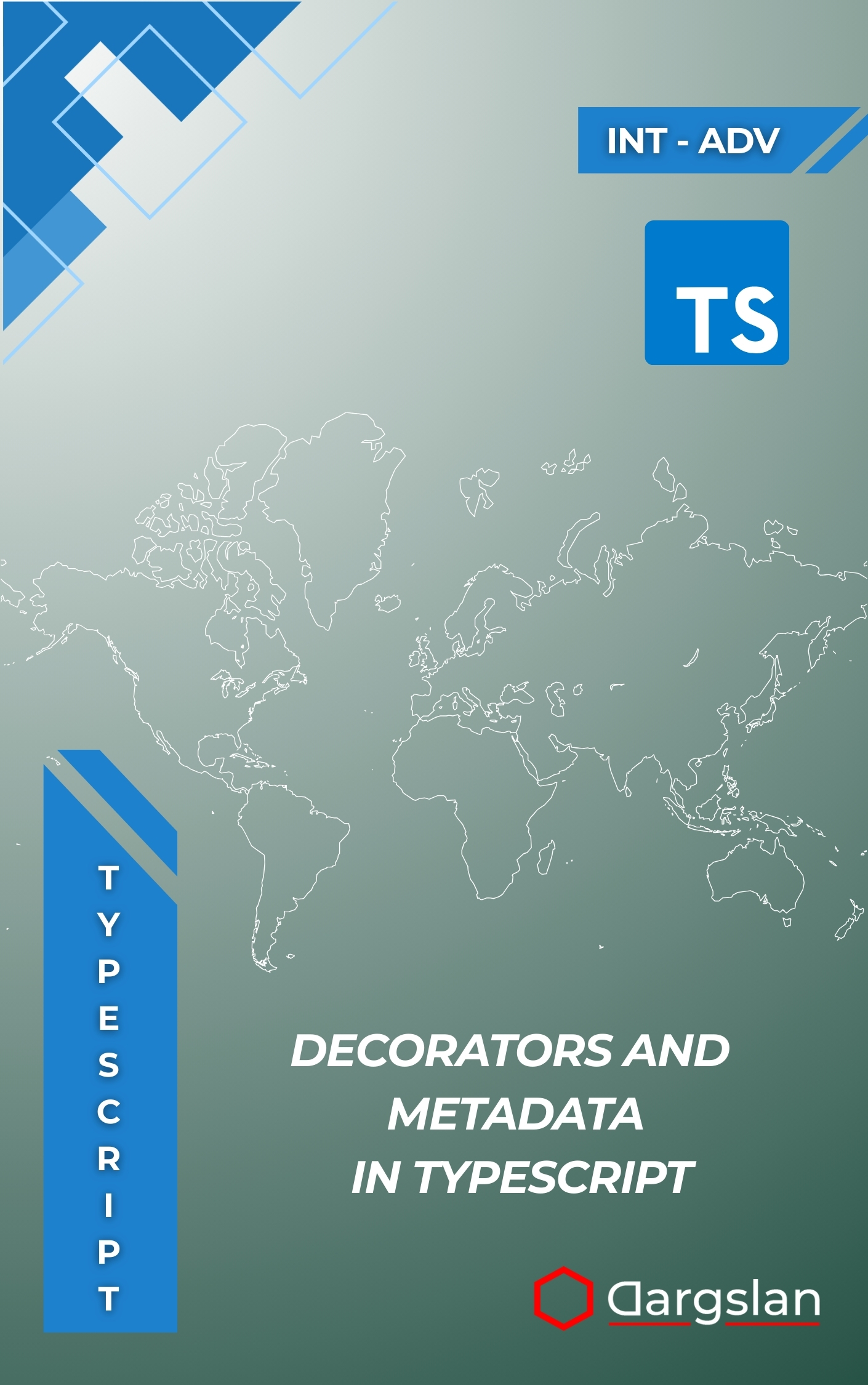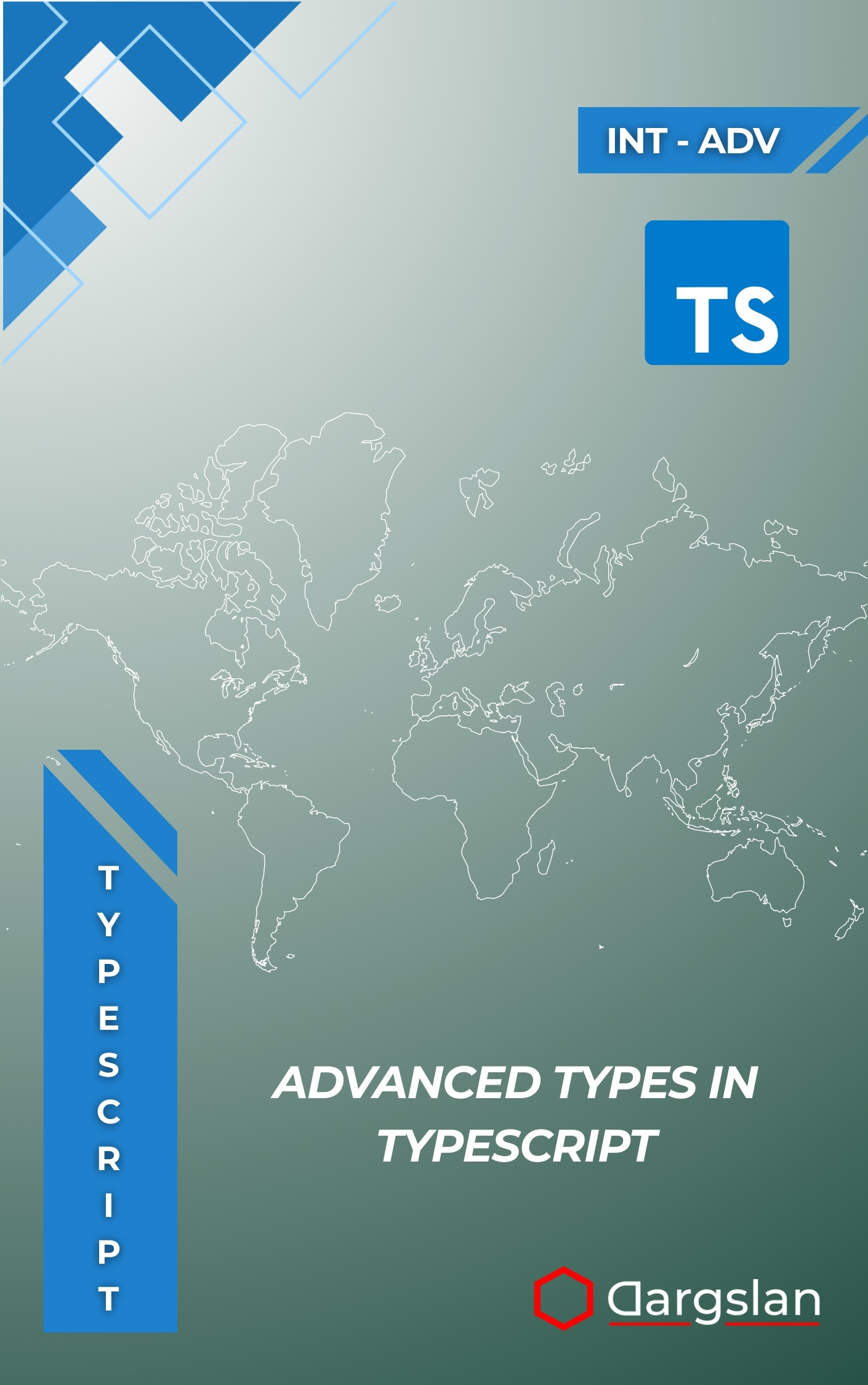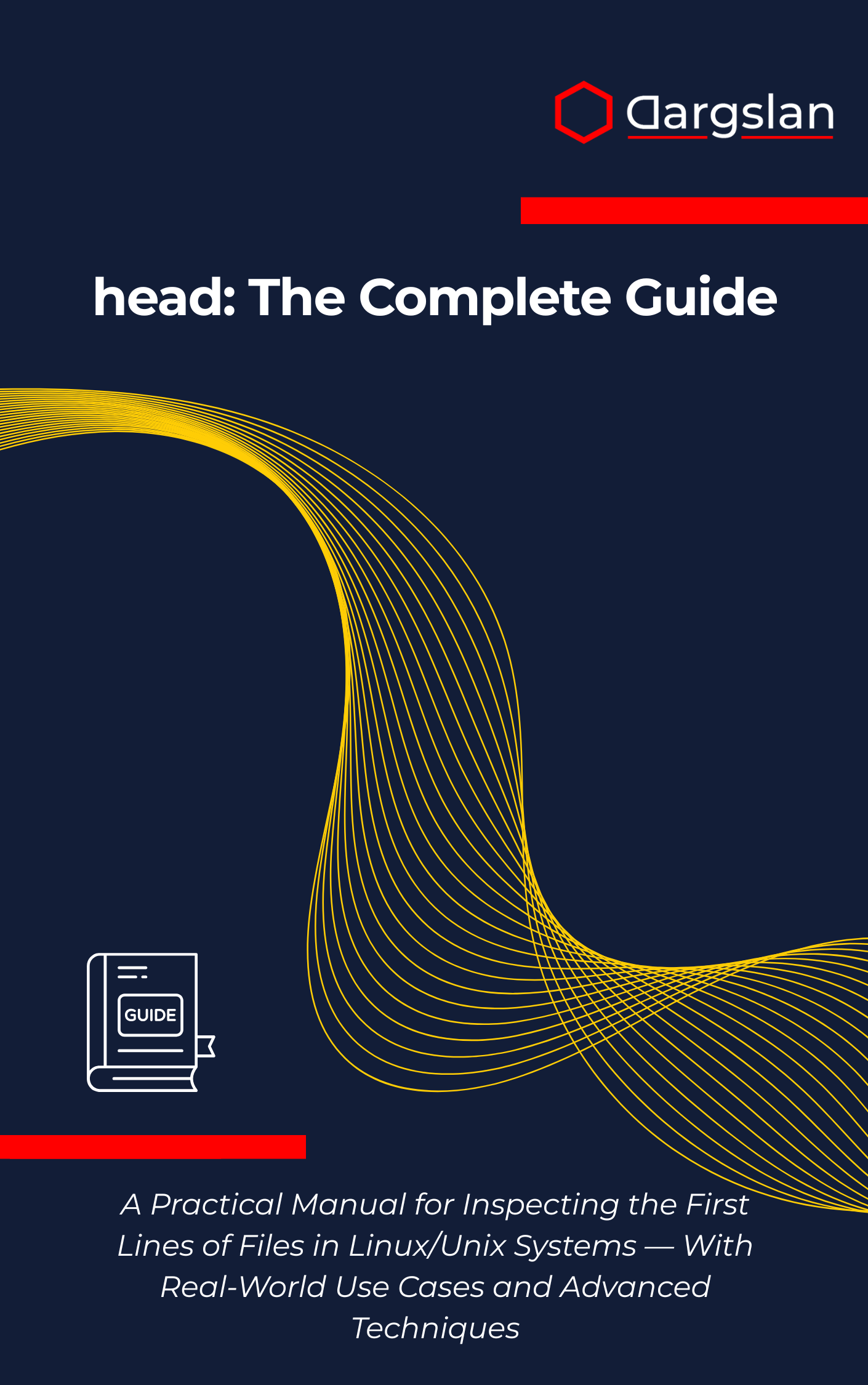uname: The Complete Guide
uname: The Complete Guide,Identify Linux systems and kernels using the uname command.

The simplest commands often hide the most leverage. If you manage Linux or any Unix-like system, mastering a single utility can dramatically improve your automation, reliability, and speed. This book shows you how to turn uname into a precise instrument for environment-aware scripting and production-grade diagnostics.
Mastering System Identification and Kernel Information in Linux and Unix Environments
Overview
uname: The Complete Guide transforms basic system queries into a professional workflow for intelligent automation across Linux and Unix ecosystems. In Mastering System Identification and Kernel Information in Linux and Unix Environments, you’ll learn how to build resilient tooling that adapts to Linux distributions, macOS, BSD systems, and even legacy Unix system variants while preserving cross-platform compatibility. This IT book doubles as a programming guide and technical book, taking you from uname command mastery and system identification techniques to shell scripting automation, DevOps pipeline integration, kernel version detection, hardware architecture identification, container environment detection, and virtual machine identification. You’ll also develop troubleshooting methodologies, security validation checks, and a deep understanding of modern system identification tools that complement uname, including /etc/os-release and hostnamectl. Whether you’re standardizing cloud images, optimizing container start-up logic, or auditing kernel capabilities in CI/CD, this comprehensive reference ensures you can identify any environment correctly—and act on that insight with confidence.
Who This Book Is For
- System administrators and SREs who need fast, reliable facts about kernels, architectures, and OS variants to stabilize deployments, streamline incident response, and standardize runbooks.
- DevOps engineers and CI/CD architects looking to build environment-aware pipelines that branch intelligently based on OS, virtualization, and container signals—no brittle assumptions required.
- Developers, platform engineers, and security practitioners ready to level up their shell skills, harden automation, and ship scripts that “just work” across diverse servers and workstations.
Key Lessons and Takeaways
- Build robust detection logic for kernel version detection, hardware architecture identification, and platform differentiation to guide package selection, feature flags, and compatibility gates.
- Integrate uname with modern system identification tools such as /etc/os-release, hostnamectl, and virtualization indicators to create layered checks that remain accurate across Linux distributions, macOS, BSD systems, and Solaris.
- Enhance shell scripting automation with portable functions that identify container environment detection and virtual machine identification, improving DevOps pipeline integration, observability, and security validation.
Why You’ll Love This Book
This guide is relentlessly practical. Each chapter pairs clear explanations with hands-on examples, showing exactly how to fold system identification into everyday tasks—package installation, feature toggles, log enrichment, and policy checks. You’ll move beyond one-off snippets to reusable patterns engineered for scale and repeatability. The writing is concise, the patterns are field-tested, and the coverage spans laptops, data centers, containers, and cloud images. You’ll find quick-reference tables, annotated scripts, and real-world scenarios that reveal pitfalls you can avoid. Whether you prefer bash, zsh, or POSIX sh, you’ll gain portable techniques that turn system facts into automated decisions without sacrificing readability or reliability.
How to Get the Most Out of It
- Start with the fundamentals to understand uname flags, output formats, and portability concerns, then progress into cross-platform detection strategies and integration with /etc/os-release and hostnamectl.
- Apply each concept immediately in your environment: create a baseline script that prints kernel, architecture, OS family, virtualization hints, and container signals, then evolve it into a shared library for your team.
- Build mini-projects: - A CI job that conditionally installs packages based on architecture and kernel features. - A container entrypoint that adapts configuration on the fly using system identification techniques. - A security validation script that flags unsupported kernels and risky virtualization settings.
Deep-Dive Topics You’ll Explore
- Portability patterns that withstand differences across Unix system variants, including Linux distributions, macOS system administration, and BSD systems.
- Container-first checks that distinguish Docker, Podman, and Kubernetes runtimes, with fallbacks when cgroups or namespaces are restricted.
- Virtualization fingerprints that separate bare metal from KVM, Xen, VMware, Hyper-V, and cloud providers using lightweight heuristics.
- Resilient parsing strategies that cope with vendor kernels, custom builds, and edge cases where fields are missing or misleading.
- Secure-by-default approaches to input validation, least privilege, and auditable logging in automation workflows.
Practical Benefits You Can Measure
- Fewer failed deployments and faster rollbacks thanks to early, automated compatibility checks.
- More reliable provisioning across heterogeneous fleets, from developer laptops to ephemeral CI runners and production nodes.
- Shorter incident timelines because your diagnostics report the precise kernel and platform context without manual digging.
- Greater confidence in compliance and security validation by verifying platform constraints before enabling features or loading modules.
Real-World Scenarios Covered
- Automating kernel-aware package selection for eBPF tooling, filesystems, or container runtimes.
- Differentiating ARM64 vs. x86_64 builds, with graceful degradation strategies for mixed-architecture fleets.
- Detecting minimal base images in containers and compensating for missing utilities while keeping layers slim.
- Integrating environment checks into GitHub Actions, GitLab CI, or Jenkins to guide artifact choice and test matrix routing.
- Verifying OS lineage and versioning in cloud-init, Terraform, and Ansible workflows for consistent infrastructure as code.
What Sets It Apart
Most resources show basic usage; this one shows how professionals make uname and its companions the backbone of portable automation. It balances theory with pragmatic scripts, covers both classic Unix and modern cloud-native realities, and teaches you to think in patterns—not just commands. Clear diagrams, appendices, and copy-paste snippets let you operationalize lessons immediately while understanding why each choice works across platforms.
Get Your Copy
Level up your system identification skills and ship automation that adapts anywhere—from laptops to clusters. If dependable environment detection matters to your work, this guide belongs on your desk.




